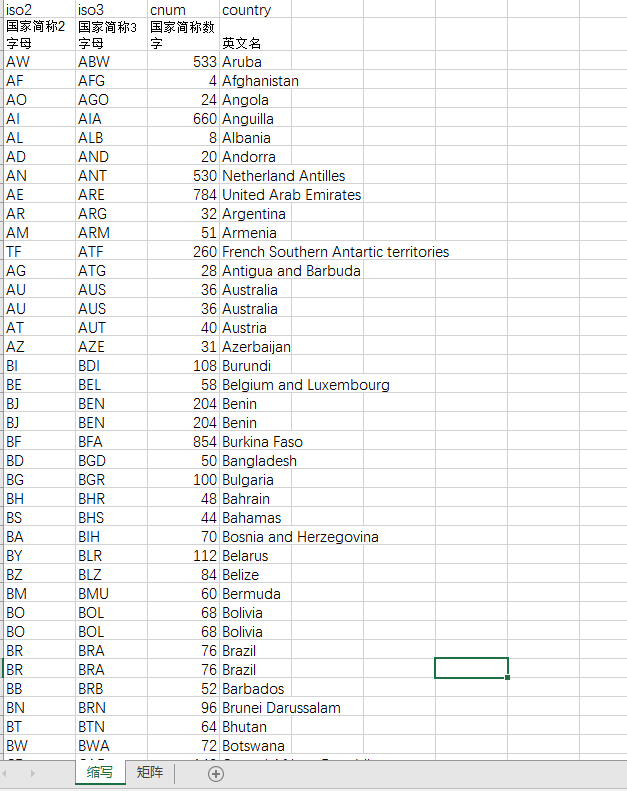

Thus, while we do not solve the border effect puzzle, we do show a way to shrink it. We find that our new distance measure reduces the estimated border and adjacency effects but does not eliminate them. We then apply our methods to data on interstate trade in the United States and inter-member trade in the European Union. We show how use of the existing methods for calculating distance leads to "illusory" border and adjacency effects. Our goal here is to develop a correct measure of distance that would be consistent for international as well as intra-national trade flows. We argue in this paper that, because distances are always mismeasured in the existing literature, the border effects may have been mismeasured in a way that leads to a systematic overstatement. This puzzle was first presented by McCallum (1995) and has gone on to spawn a large and growing literature on so-called border effects. The measured effect of national borders on trade seems too large to be explained by the apparently small border-related trade barriers. Mapping the Transnational World is a big empirical step forward for the study of international migration and mobilities."-Adrian Favell, University of Leeds "This spectacularly ambitious and potentially paradigm-shifting work builds what is indeed one of the first systematic attempts to document, analyze, and explain the totality of migrations on a planetary scale. The use of network-analytic techniques to model these cross-border connections is impressive."-Jason Beckfield, Harvard University I appreciate the breadth of coverage: the description of regionalization and globalization across eight types of human activity over five decades is a big contribution all on its own. "Mapping the Transnational World offers a large-scale look at various human connections spanning national borders. (5) georadiusbymember finds other elements around the specified. (4) georadius takes the given latitude and longitude as the center, and finds the element of a certain radius. Revealing why a truly global society is unlikely to emerge, Mapping the Transnational World highlights the essential role of interaction beyond borders on a planet that remains spatially fragmented. (3) geopos gets the current positioning: it must be a coordinate value. Unveiling proximity-induced regionalism as a major feature of planet-scale networks of transnational human activity, Deutschmann provides a crucial corrective to several fields of research.

Moreover, this pattern remained extremely stable during the five decades studied-1960 to 2010. He explains that the spatial structure of transnational human activity follows a simple mathematical function, the power law, a pattern that also fits the movements of many other animal species on the planet. Is it really a fully globalized world in which everything is linked, as popular catchphrases like “global village” suggest? Through a sweeping comparative analysis of eight types of mobility and communication among countries worldwide-from migration and tourism to Facebook friendships and phone calls-Mapping the Transnational World demonstrates that our behavior is actually regionalized, not globalized.Įmanuel Deutschmann shows that transnational activity within world regions is not so much the outcome of political, cultural, or economic factors, but is driven primarily by geographic distance. Yet, we still know little about the overall structure of this transnational world. The ∞ has all combinations of counties.Ĭontact with questions, comments, or suggestions.Increasingly, people travel and communicate across borders. Smaller files (<= 25 or <= 50 miles) may be easier to use if only County distances <= 25 or <= 50 miles respectively are needed. The size of the file increases with the radius. Jean Roth created the SAS, Stata, and CSV distance files to make the data easier to use. The first two digits of the FIPS county codes are FIPS State codes. Transportation Economics in the 21st CenturyĬounties are from Census 2000 SF1 and Census 2010 SF1 files.Training Program in Aging and Health Economics.The Roybal Center for Behavior Change in Health.Retirement and Disability Research Center.Measuring the Clinical and Economic Outcomes Associated with Delivery Systems.Improving Health Outcomes for an Aging Population.Early Indicators of Later Work Levels, Disease and Death Medforfattere Notes on CEPIIs distances measures: The GeoDist database.Conference on Research in Income and Wealth.Boosting Grant Applications from Faculty at MSIs.Ability to use specialized surveying equipment maintain. Ability to use computer databases and computer simulations required to be highly mathematical. A high degree of verbal, technical and written communication skills. Productivity, Innovation, and Entrepreneurship The components and requirements of a Geodesist are: A Bachelor's degree in geodesy, geophysics or related field of study.International Finance and Macroeconomics.


 0 kommentar(er)
0 kommentar(er)
